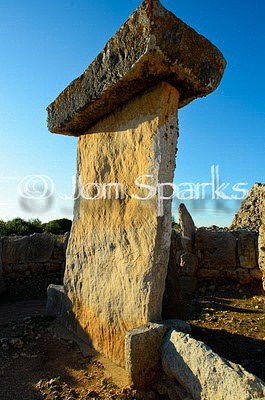Nikon 1 First Thoughts
Reactions are starting to appear to the new Nikon 1 camera system, announced yesterday. Obviously it will be a little while before most of us get our hands on one or even get a chance to critically examine images taken with these new cameras, but there’s already a lot of reaction, both positive and negative.
Before the announcement I was pretty sceptical as leaks and rumours had already revealed (correctly) that the Nikon 1 would use a smaller sensor than existing Compact System cameras like Sony NEX-series, Panasonic G-series and Olympus Pen. However, having begun to digest the details of the new system, I’m warming to it, at least in theory. As I’ve made clear in previous entries, I’ve yet to be totally convinced by any of the existing Compact System cameras. The cameras themselves may be smaller and lighter than a DSLR but once you start using a range of lenses this advantage is less clear-cut. And so far none of them appear to have any other significant advantage over SLRs – in fact, in areas like speed of operation and ability to directly control key functions, they seem like a step back. The Nikon 1 system (it really is a system, with two camera bodies, four lenses and a range of accessories available at launch) looks like it should beat the CSCs on weight and bulk, and if you believe the publicity, will actually beat all existing cameras in shooting and focusing speed. Whether this really translates into an ability to capture fast action in the real world remains to be seen, but it does suggest that Nikon has managed to Think Different (to borrow an Apple slogan of a few years ago). If nothing else it should breathe some new life into a slightly stagnating camera market. As for the sensor, well, it’s certainly small, at 13.2 x 8.8 mm. This is less than half the size of the sensors used in most enthusiast DSLRs – but it’s also more than double the size of those used in even the best compact cameras. And, very sensibly, Nikon have not tried to pack daft numbers of pixels in there: it’s a realistic 10 megapixels. Frankly even this is more than most people really need (I love the way people’s jaws drop when you point out that an HD TV screen is less than 2 megapixels). All of which makes me very interested in these cameras. However, I can see certain aspects with which I may have issues. The most obvious is that there’s no ‘one-touch’ access to the proper shooting modes (Manual, Aperture Priority and Shutter Priority) and it’s not clear how users will adjust aperture and/or shutter-speed in these modes. How easy and responsive it is to use for proper photography remains to be seen. Much of this will become clearer once reliable commentators like dpreview and Thom Hogan have got their hands on these cameras. In the meanwhile, here’s just a little basic info on the new system: Camera bodies: J1 and V1 have much in common including the new sensor (Nikon is calling it ‘CX’). The more expensive V1 has an electronic viewfinder while the J1 relies on the screen alone for viewing. The V1 also has a better dust-removal system, probably reflecting an assumption that V1 users will change lenses more often. They’re stated to have exceptionally fast autofocus and image processing, allowing shooting rates of up to 60 fps. I’m still wondering what practical value this (the shooting rate not the AF) will have, but it sounds impressive. Accessories include a suitably tiny flashgun (no idea yet whether existing Nikon Speedlights will be usable with the Nikon 1), a GPS receiver and an adapter for Nikkor SLR lenses. Plus some pointless (n)ever-ready cases and so on. Lenses: Four lenses available at launch: 10mm f/2.8 (EFL 27mm) 10-30mm f/3.5-5.6 (EFL 27–81mm) 30-110mm f/3.8-5.6 (EFL 81–297mm) 10-100mm f/4.5-5.6 (EFL 27–270mm) One comment: they need something wider than 27mm in the range ASAP. Oh, and the 10-100mm lens is interesting because it has a powered zoom for fast, smooth and quiet zooming when shooting movie clips. This is one of the bugbears of shooting video with normal DSLR lenses. At this point I can’t resist quoting what I wrote in the Nikon DSLR System Guide, published 18 months ago: “It’s also a safe bet that someone – if not Nikon, then an independent such as Sigma – will soon be producing lenses specifically with video shooting in mind. These will feature a massive range (maybe 18–300mm), plus powered zoom or some other means to make zooming smoother.” In fact no-one has yet produced such a lens for DSLRs (yet) but I’m sure a lot of DSLR video shooters are crying out for it and the Nikon 1 may be a pointer. And finally: some interesting comments here from a couple of people whose views are always worth listening to: Seb Rogers and Thom Hogan. Comments
No comments posted.
Loading...
|
© Jon Sparks


